Finding Patterns in 152,000 UFO/UAP Sightings
I analyzed 152,000 UFO sighting reports. Some patterns: triangles almost never appear during the day. Disks are 5x more likely to involve entity encounters. And the majority are silent.
Is it possible to control a device with your mind alone? Check out my journey exploring the science behind mind-matter interaction in this two-part series.

My journey exploring the science behind mind-matter interaction.
In this insiders-only article, I'll share my DIY journey exploring the concepts behind US Patent 5,830,064, which theorizes mind-matter interactions to control devices. You'll get my complete research notes, including hardware setup, software approach, and access to my experimental code for your own investigations.
This is the second article in the series. Check out the first installment where I explain the principles behind this unusual patent and the surprising results from my testing. Also check out this article where I discuss the practical applications.
The patent's verbose title—"Apparatus and Method for Distinguishing Events which Collectively Exceed Chance Expectations and Thereby Controlling an Output"—is matched only by its equally verbose content: 40 pages of schematics, technical diagrams, and detailed drawings.
It took considerable time to decode what was being described and build my own experimental setup based on these principles. What helped is that I've done a fair amount of research on this topic over the years and I'm familiar with the theoretical concepts these designs were trying to put to practice.
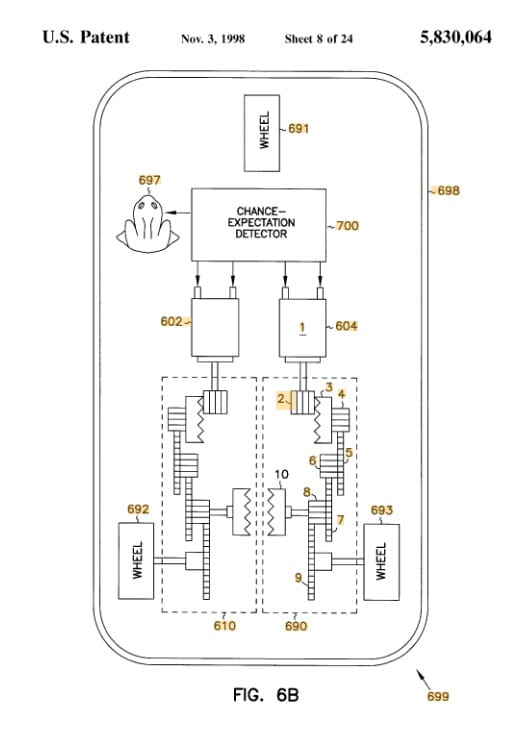
Setting up this experiment did require some specialized hardware (a random number generator and a small robotics kit) and a fair amount of open-source software expertise. It's definitely doable as a weekend project, but be forewarned, it's not for the technical faint of heart. Prepare to spend about $200-300.
The gallery below shows the level of detail you can expect in this article as I walk through my design and discuss how I approached the project. Each of these images and more are explained at length.
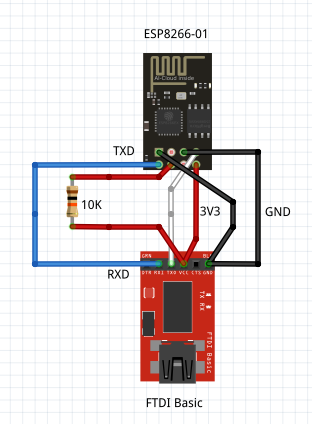
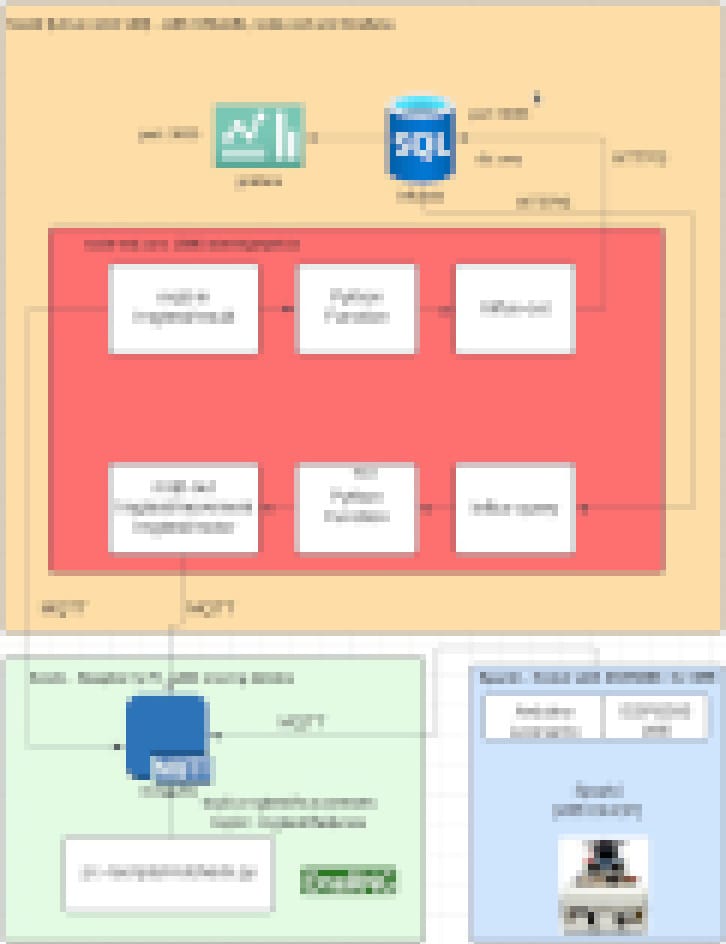
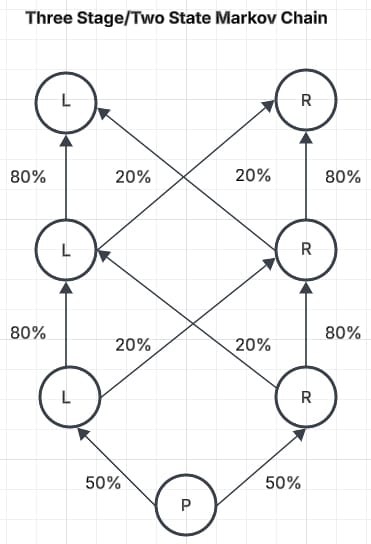

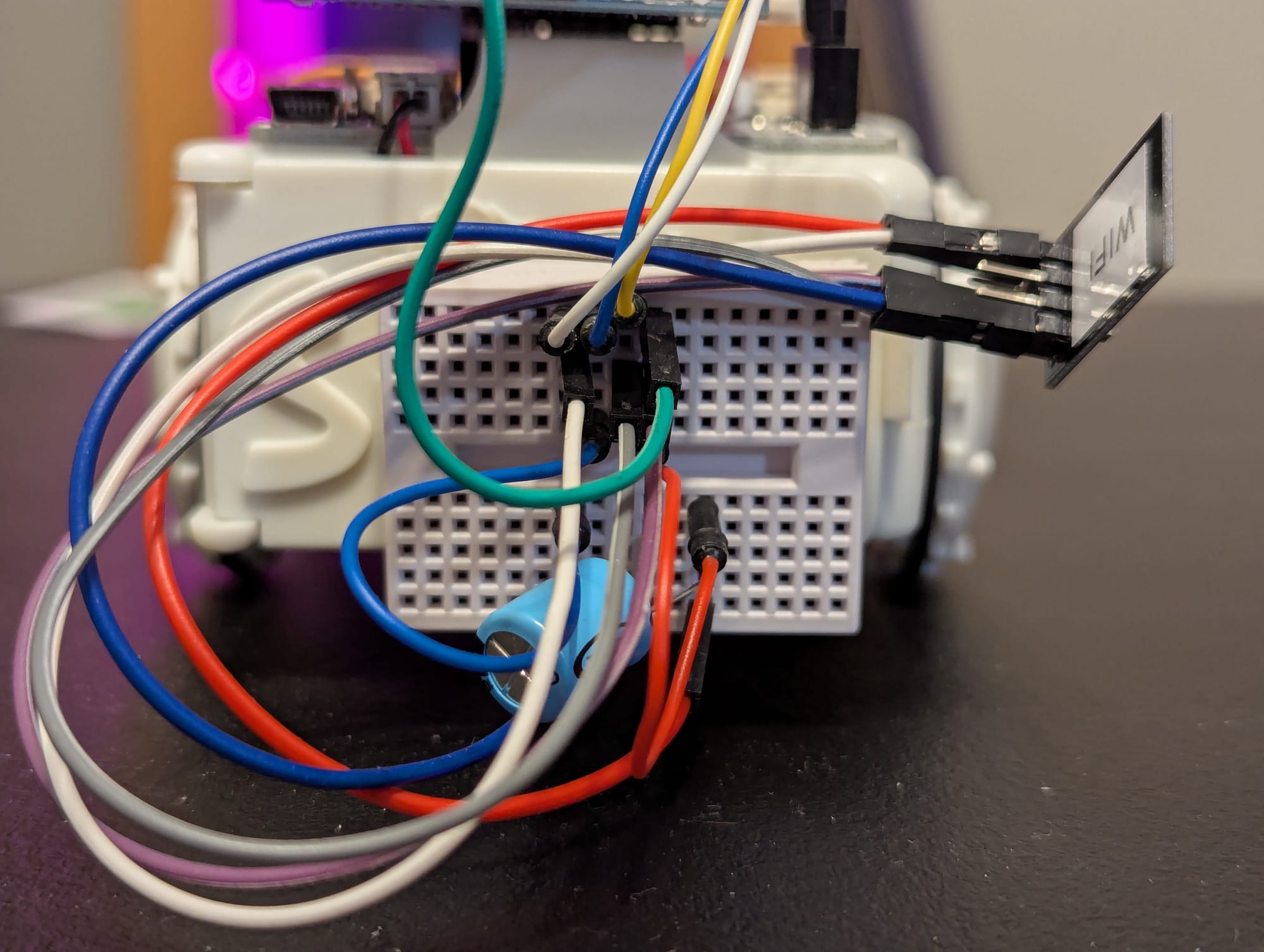

Sign up as an insider for my complete experimental guide. If you follow along and build a similar system, please reach out to share your results!
IMPORTANT DISCLAIMER: This article is provided for educational and research purposes only. The concepts discussed are based on US Patent 5,830,064, which is intellectual property protected by law. Any system you build based on this guide should be used exclusively for personal experimentation and learning. Commercial use, sale, or distribution of devices based on this patent without proper licensing would constitute patent infringement. Always respect intellectual property rights while exploring these enigmatic concepts.
Now with a disclaimer out of the way, let's start with a quick refresher on what we're exploring here. At its core, this system generates truly random numbers and then analyzes them for patterns that statistical theory suggests shouldn't appear by chance alone. The question at the heart of this research is whether conscious intention might somehow correlate with these statistical anomalies in the random data.
This experimental system works by: